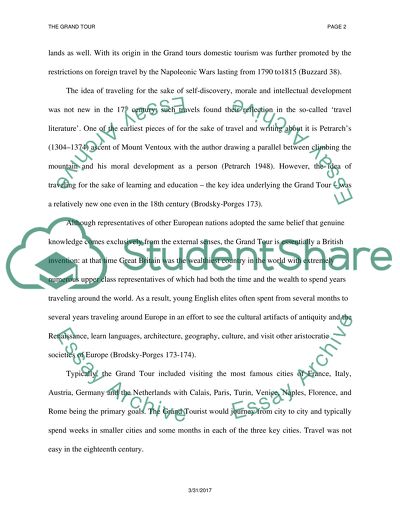Cite this document
(“Epoch Of The Grand Tour Essay Example | Topics and Well Written Essays - 1000 words”, n.d.)
Epoch Of The Grand Tour Essay Example | Topics and Well Written Essays - 1000 words. Retrieved from https://studentshare.org/history/1513008-the-grand-tour
Epoch Of The Grand Tour Essay Example | Topics and Well Written Essays - 1000 words. Retrieved from https://studentshare.org/history/1513008-the-grand-tour
(Epoch Of The Grand Tour Essay Example | Topics and Well Written Essays - 1000 Words)
Epoch Of The Grand Tour Essay Example | Topics and Well Written Essays - 1000 Words. https://studentshare.org/history/1513008-the-grand-tour.
Epoch Of The Grand Tour Essay Example | Topics and Well Written Essays - 1000 Words. https://studentshare.org/history/1513008-the-grand-tour.
“Epoch Of The Grand Tour Essay Example | Topics and Well Written Essays - 1000 Words”, n.d. https://studentshare.org/history/1513008-the-grand-tour.


